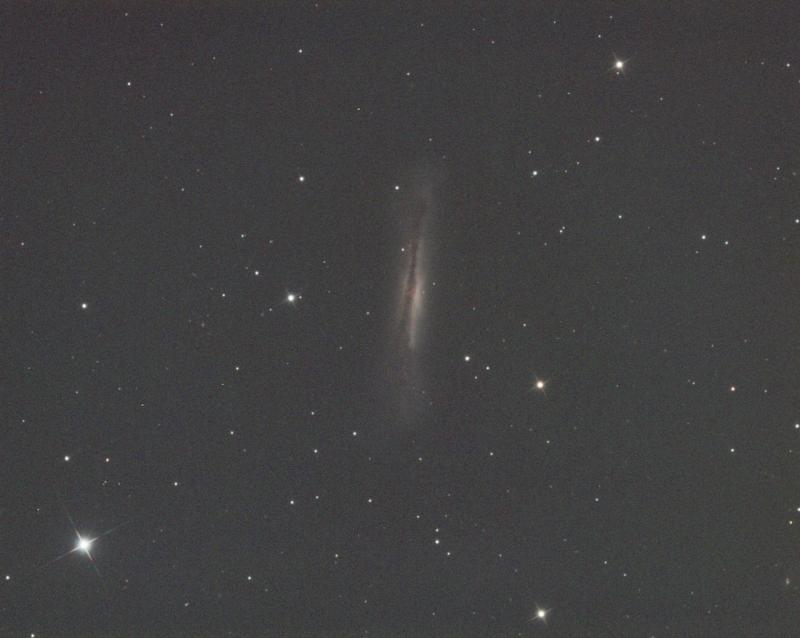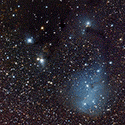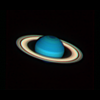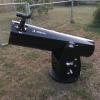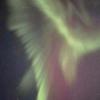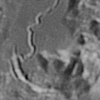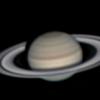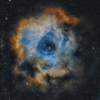John and Warren hit the key. Time time time time etc. Faster optics only reduce resolution (assuming same aperture) making low contrast features even harder to see. The ratio of background to object stays the same. The key is more time. Sky photons are noise and are random. Galaxy is signal and not random. Thus while signal adds arithmetically. 4 times the time 4 times the signal. Background builds by approximately the square root of time so is only 2 times stronger with 4 times the time.
This DOESN'T necessarily mean more time per exposure. In a light polluted environment sky noise soon drowns out read noise of the camera. Once this point is reached there's no gain in going with longer subs but you do lose dynamic range in that brighter features and in some cases galaxy cores saturate costing detail and bloating stars needlessly. There are many calculators on the net for this. But I suspect your 5 minutes is plenty sufficient to keep read noise at bay. You just need, as John and Warren say, a lot more of them. There really isn't a better solution and what ones there are are expensive.
I have a friend who images from "central Berlin". I can only imagine how bad that must be. He often uses two or even three long nights to collect his data. With the type of pollution he's dealing with a IDS LP filter is used for the luminance as well. One shot color as you are using is another problem as its color filters don't have gaps where LP tends to reside as do imaging RGB filters for mono cameras and thus the light loss of LP filters is more harmful to you than it is for him. Try both and see which works best. One shot is much slower to get photons as well due to the filters meaning you need a lot more time just to overcome that.
While faster isn't better sometimes slower is. The increase in resolution helps low contrast features be pulled from the noise. I work at f/10 for this very reason and don't use a compressor. I also use more aperture which is pretty much the same as more time in that at 14" I collect 5.4 times more photons per second than you do at 6" which is the same as 5.4 minutes for every one you take even with the longer focal length. For pulling signal from noise its total photons that count. You might try removing your reducer (but it may be necessary for a flat field) and then just reduce the final image back to this image scale after processing. I find I take at 0.5" per pixel but usually reduce to 1" as that's about what my skies support. Taking at 0.5 makes processing for faint detail easier with better final results.
I have many targets I can only image for an hour a night. I don't let that stop me. I just get that hour then go to something else that gives that may also only give me an hour. After a few months sometimes years (given my lousy weather) I now have many targets ready for processing. Using this approach and full automation I've now over 1500 objects taken in 10 years time but often not in one night. Other than moving to darker skies, buying a mono camera with filters and filter wheel (expensive) and going to larger aperture (also expensive) time is the only real solution I've ever found in doing this for over 60 years.
When I was on the north island a few years ago I found plenty of dark sites not all that far from cities. It's a pain but for 50 years I drove to similar sites at similar distances for my imaging. Even with the drive time the gain in dark skies allowed me to do far more than I could have with time from where I lived. After retiring and finding arthritis making it too hard to travel any more I moved to a dark site and built an observatory but I did it the hard way for 50 years.
Also you have a ton of things to image down there we can't see up here at all. Rather than do what has been taken a zillion times you have a ton of treasures rarely seen. Those you can put all night into. Many are well suited to narrow band but OSC camera isn't. It can work but again needs far more time than a mono camera for similar results.
Rick




